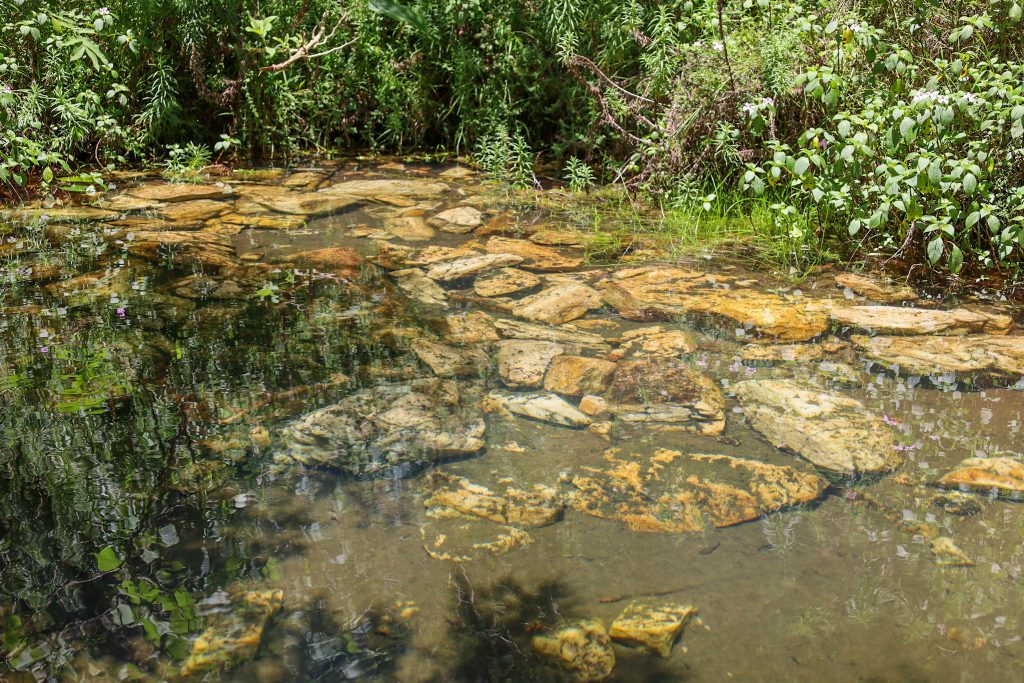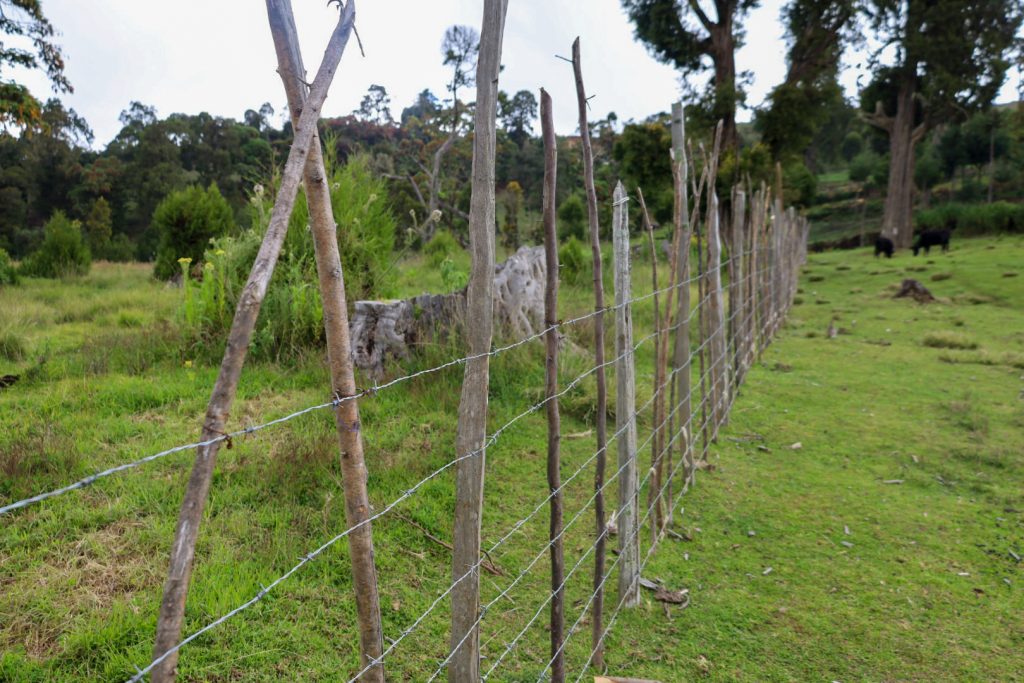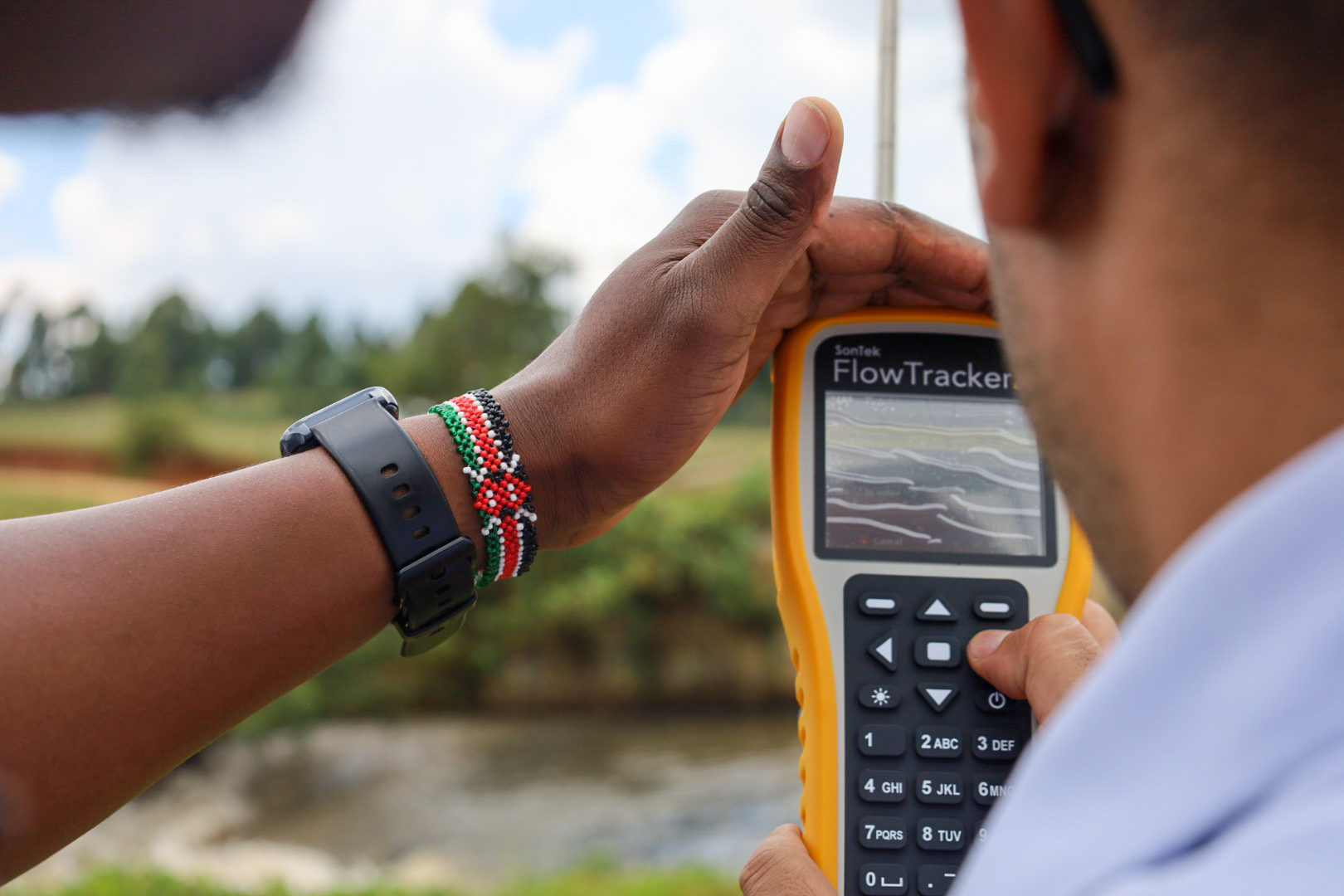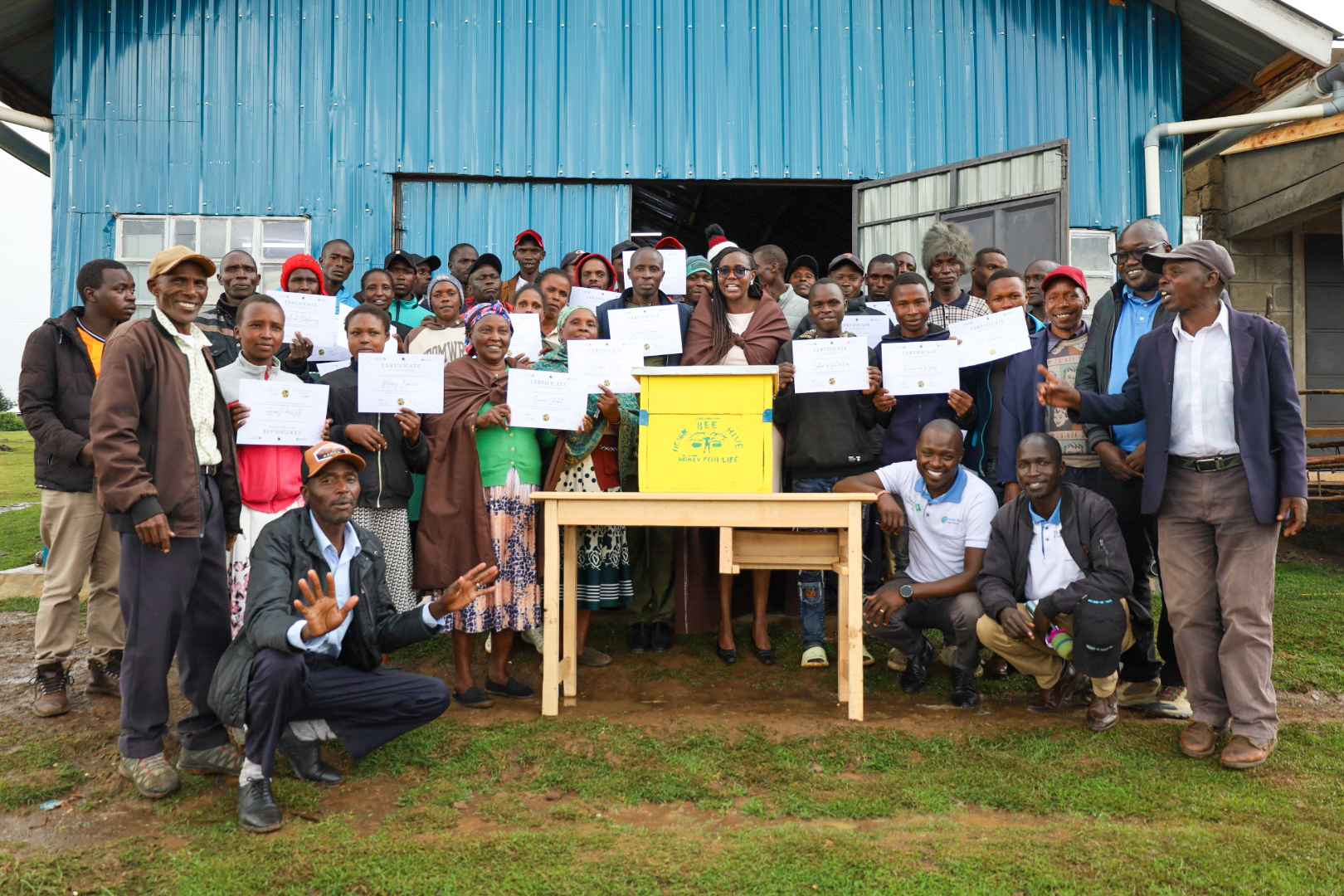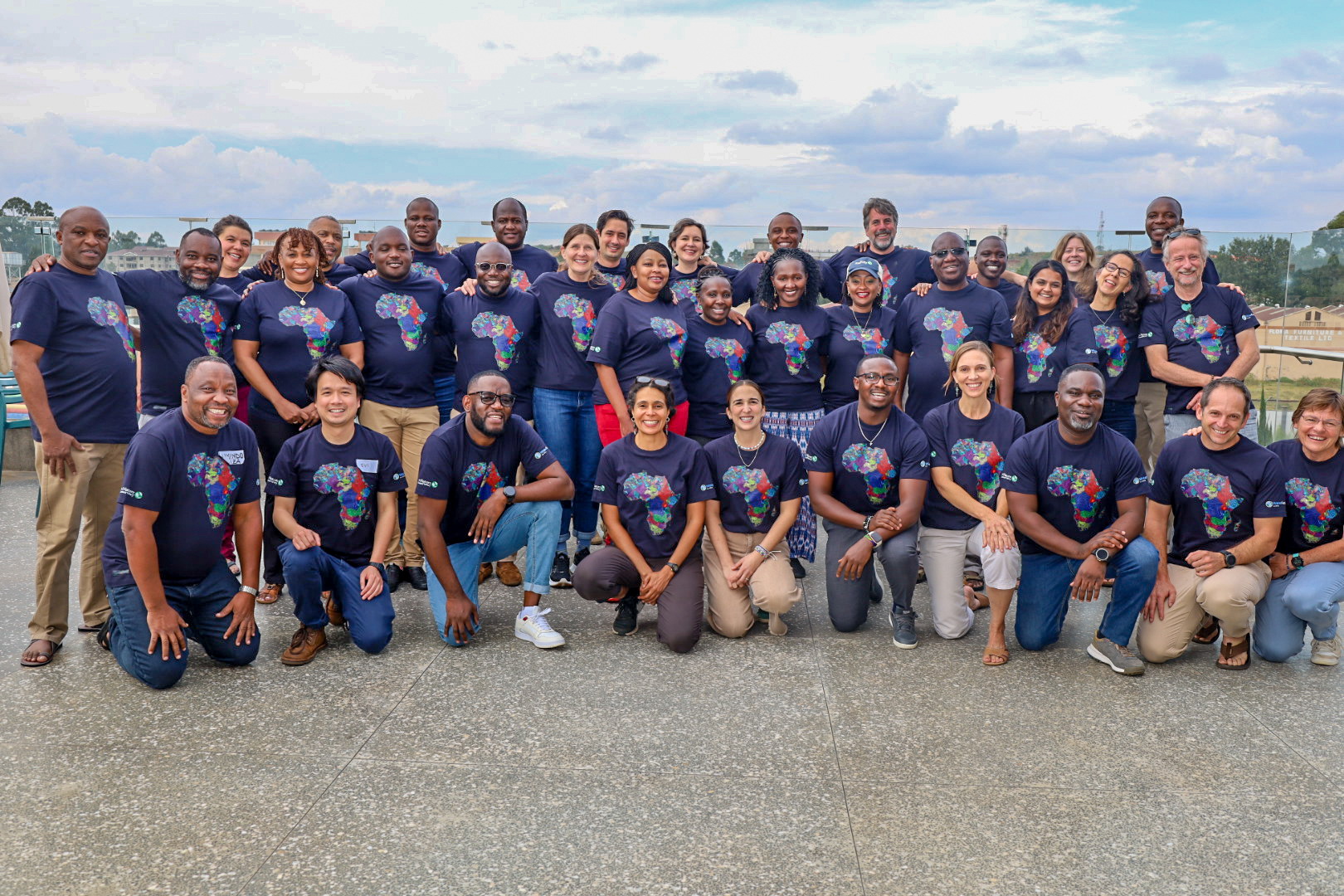Story by Faith Esika
Once teeming with life, the Tirich-Kamwareb wetland was a lifeline for the local community. Cradled in Kenya’s majestic Cherang’any Hills, the wetland sustained the community’s way of life, providing water, pasture, and medicinal plants for generations.
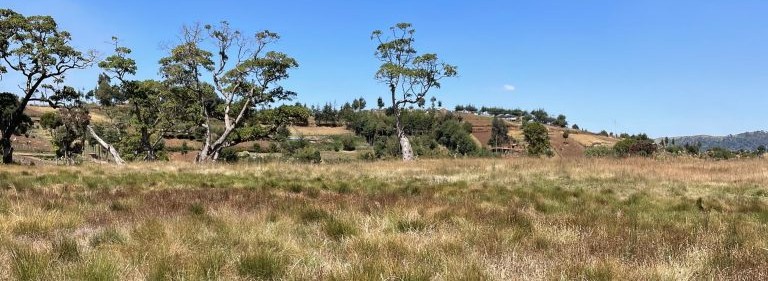
However, like many wetlands across the globe, Tirich-Kamwareb faced degradation. Studies indicate that nearly 35% of the world’s wetlands have been lost since 1970, primarily due to human activities such as encroachment and unsustainable agriculture. This wetland was no exception. Encroachment from cattle grazing and farming took their toll and the wetland began to wither. Water levels dropped, vegetation thinned and the wetland could barely sustain local wildlife including the near threatened Crowned Eagle, a key species in the Cherang’any Hills diverse avian community.
Determined to restore this vital ecosystem, in 2023, the Eldoret-Iten Water Fund (EIWF) together with the Moiben Water Resource Users Association (WRUA) and other local partners, engaged the community in a series of participatory community led barazas to find a common solution. The conclusion was simple yet impactful: fence off the wetland and let nature take the lead. 3 hectares, roughly the size of four football fields, of the wetland were fenced and 2,000 indigenous trees along with 4,600 bamboo seedlings were replanted. In under two years, the transformation is exceptional!
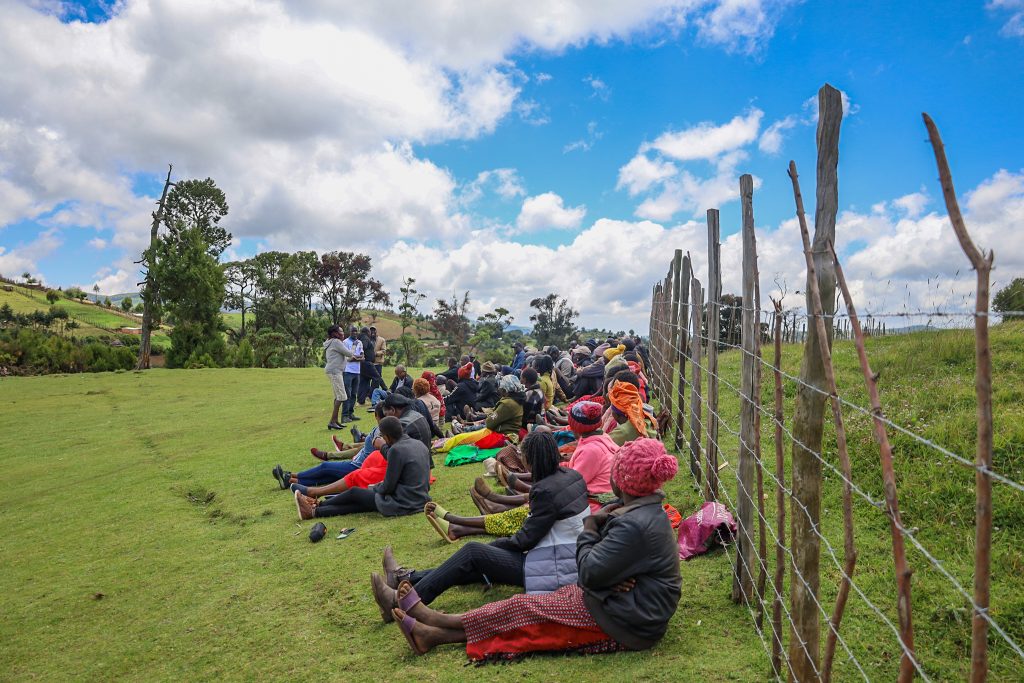
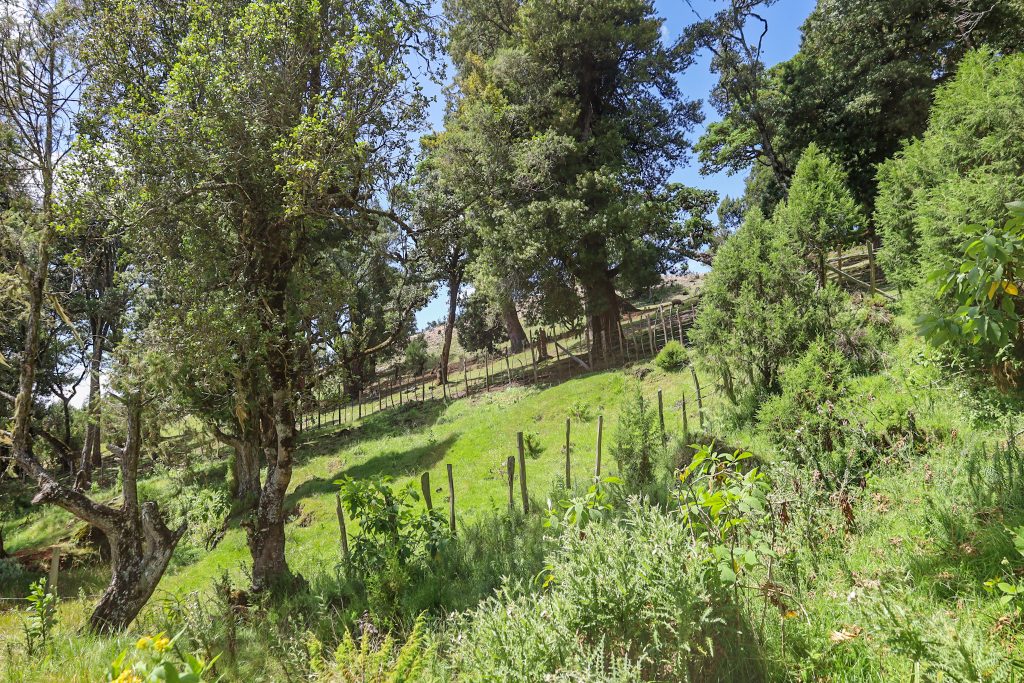
Native vegetation, such as the grass locally known as sergut and other biodiversity slowly made a comeback. The birdsong symphony, buzzing insects and small aquatic animals are a testament to this revival. Apart from the wild, the community also thrived with its members noting the increased water levels and grass cover to meet their needs in a more sustainable manner.
The real turning point wasn’t just the restoration, the community, without any external push, took the initiative to fence another section of the wetland, proof of their belief in conservation. What began as a simple act of protection birthed a movement, affirming that when communities take stewardship of their environment, both people and nature thrive together!What role will you play in protecting our wetlands? Whether by supporting restoration efforts, advocating for sustainable land uses, or simply spreading awareness, your action matters.
